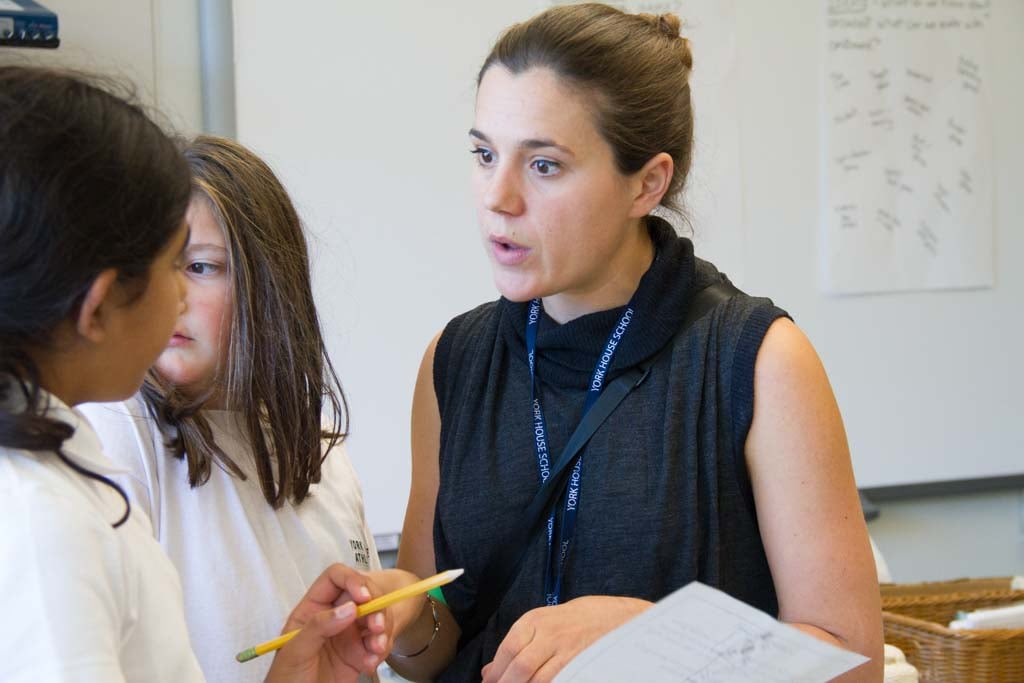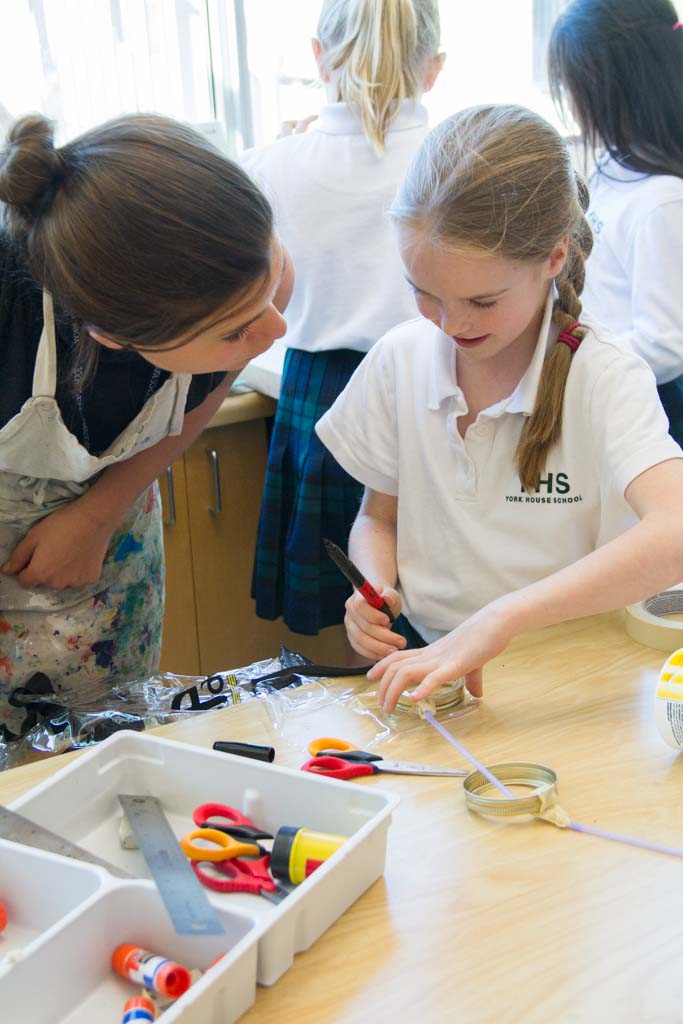Sr. Candlelight
A Theme of Gratefulness and Reflection
 On Tuesday, December 13, the Senior School held their traditional candlelight ceremony in honour of peace, joy, love, and hope.
On Tuesday, December 13, the Senior School held their traditional candlelight ceremony in honour of peace, joy, love, and hope.
In keeping with “Not for Ourselves Alone”, the Senior School students brought new socks to share with Covenant House of Vancouver, an organization that supports vulnerable youth in the city.
Through various readings, musical performances by our vocal ensembles, and the lighting of four candles, we were reminded of all that we have to be thankful for.
 Mrs. Harvey, Director of Senior School, focused on slowing down and enjoying the holidays. She encouraged students to look back on past holidays and, whether they are staying close to home or going somewhere exotic, to take the time to truly enjoy being with family and friends and to take time for themselves.
Mrs. Harvey, Director of Senior School, focused on slowing down and enjoying the holidays. She encouraged students to look back on past holidays and, whether they are staying close to home or going somewhere exotic, to take the time to truly enjoy being with family and friends and to take time for themselves.
Speaking on the importance of family and gratitude, Ms. Gionet, Head of School, shared a poem and a quote with students.
Be Thankful
Be thankful that you don’t already have everything you desire,
If you did, what would there be to look forward to?
Be thankful when you don’t know something
For it gives you the opportunity to learn.
Be thankful for the difficult times.
During those times you grow.
Be thankful for your limitations
Because they give you opportunities for improvement.
Be thankful for each new challenge
Because it will build your strength and character.
Be thankful for your mistakes
They will teach you valuable lessons.
Be thankful when you’re tired and weary
Because it means you’ve made a difference.
It is easy to be thankful for the good things.
A life of rich fulfillment comes to those who are
also thankful for the setbacks.
GRATITUDE can turn a negative into a positive.
Find a way to be thankful for your troubles
and they can become your blessings.
– Author Unknown
“Gratitude shifts your focus from what your life lacks to the abundance that is already present. Giving thanks makes people happier and more resilient, it strengthens relationships, it improves health, and it reduces stress. Gratitude will change your life for the better.”
– Marelisa Fabrega
Our Community Service Captains reminded us that gratitude is, in fact, the greatest gift of all. See photos from the Candlelight Assembly below.
Junior Candlelight Assembly
The Junior School held their traditional Candlelight Assembly on Friday, December 9. This annual celebration of songs and readings is led by our Grade 7 students, and includes the lighting of candles for joy, faith, hope, love and peace. The assembly reminds us what this time of year is really all about.
York House supports the Family Services of Greater Vancouver, a non-profit organization dedicated to helping families and children in need. Students in Grades 1-3 brought a gift which is placed under the tree at the beginning of the service. These gifts are used year-round for children who are in their Emergency Foster Care Program.
Students in Grades 4 to 7 contributed to the Holiday Hamper Project where each class was assigned a family in need.
We appreciate your support for these two worthy causes. Thank you for your generosity.








